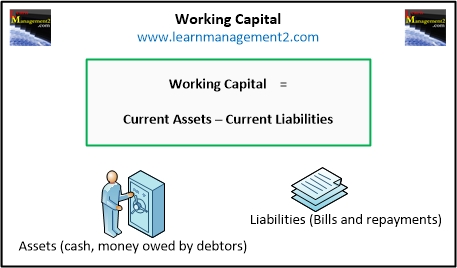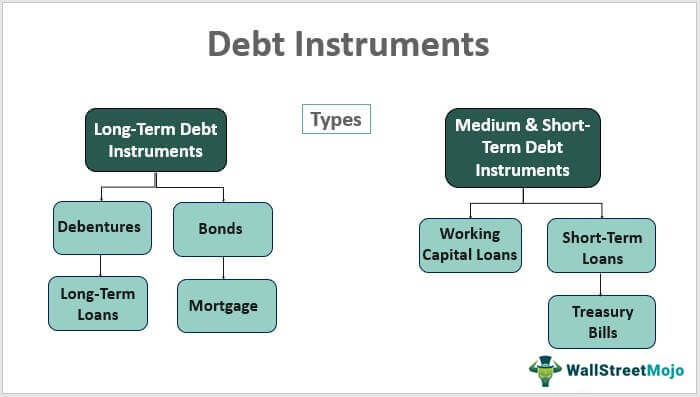Export Tariff Example and How It Works in the intricate world of global trade, tariffs are more than just bureaucratic speed bumps — they’re powerful tools that shape economies, influence policy decisions, and ripple through industries worldwide. Among the many types of trade duties, export tariffs are especially fascinating. Though less commonly used than their import counterparts, they can have profound effects when applied strategically.
Understanding how export tariffs function, why countries impose them, and what real-world export tariff example scenarios look like can provide illuminating insights into the mechanics of international trade and economics. Buckle in for a cheerful yet comprehensive journey through the subject.

What is an Export Tariff?
An export tariff is a government-imposed tax on goods leaving a country. While most people associate tariffs with imports (think of that extra cost on your favorite imported wine), export tariffs operate in reverse — they’re charged on goods being exported to other nations.
The purpose? Several:
- To protect domestic supplies of essential goods
- To raise government revenue
- To manipulate global prices of specific commodities
- To exercise political leverage or economic control
Though controversial and somewhat rare in advanced economies, export tariffs remain a valuable policy tool in certain circumstances, especially in countries rich in natural resources or facing domestic shortages.
Why Countries Impose Export Tariffs
Export tariffs are not just economic levers; they are instruments of national policy. Here’s why a country might decide to implement one:
1. Preserve Domestic Supply
When demand for a particular good surges globally, a country might impose an export tariff to ensure its citizens still have access to that product at reasonable prices. This often applies to agricultural goods, food staples, or energy resources.
2. Stabilize Local Prices
Tariffs can deter exporters from sending too much of a product overseas, which could cause domestic shortages. By imposing an export tariff, governments can help maintain a balance between local and international demand.
3. Increase Government Revenue
Export tariffs are a direct way for governments to generate revenue from their own natural resources or commodities. This revenue can then be reinvested into national infrastructure, social programs, or other economic initiatives.
4. Regulate Export Volume
Sometimes, countries apply export tariffs to regulate the quantity of a product being shipped abroad. This ensures they can maintain a sufficient domestic supply while also capitalizing on high international demand.
5. Achieve Strategic Objectives
Export tariffs may also be used as tools of political diplomacy or economic warfare. For instance, they could be levied in response to trade disputes, aimed at pressuring another country to change its policies or practices.
How Does an Export Tariff Work?
To understand how export tariff example scenarios play out, let’s break down the mechanics:
Step 1: Government Imposes Tariff
The government of the exporting country imposes a tax on specific goods leaving the country. The amount of the tax can vary depending on the product, its value, or its quantity.
Step 2: Exporter Pays the Tax
When an exporter ships goods abroad, they are required to pay the tariff to the government. This is typically done before the goods leave the country.
Step 3: Increased Cost for the Buyer
As with import tariffs, the cost of the tariff is often passed on to the buyer (whether that’s a business or a consumer) in the form of higher prices. The buyer may have to pay more for the goods than they would have without the tariff, making the product less competitive in the global market.
Step 4: Impact on Global Prices
The imposition of an export tariff can lead to fluctuations in global market prices for the goods affected. This is because the higher cost of the tariff can influence supply and demand, potentially making the product more expensive on the global stage.
Export Tariff Example
One of the best ways to understand the practical impact of export tariffs is to explore an export tariff example. Let’s consider a scenario involving a country rich in natural resources, such as Brazil, and its export of soybeans.
Brazil is one of the world’s largest producers of soybeans. In recent years, the global demand for soybeans has surged, especially from countries like China, which use them for animal feed and oil production. However, Brazil’s domestic demand for soybeans has also increased, leading to higher prices in the local market.
To maintain domestic supply and keep local prices from skyrocketing, Brazil could decide to implement an export tariff on soybeans. By imposing a 10% export tax, Brazil ensures that the country retains more soybeans for its local market and controls the price domestically.
In this case, the soybean export price to China would rise by the tariff amount, making Brazilian soybeans less competitive in the global market. As a result, other soybean-producing countries like the United States might take advantage of the price increase and increase their exports to countries like China.
While the export tariff benefits Brazil in terms of preserving its domestic supply and controlling prices, it has ripple effects on the global market, shifting the dynamics of supply and demand.
Benefits and Drawbacks of Export Tariffs
Like any economic tool, export tariffs come with both advantages and disadvantages. Here’s a look at the pros and cons.
Benefits of Export Tariffs
- Protect Domestic Resources By imposing tariffs, governments can prevent the over-exploitation of natural resources or essential goods, ensuring they remain available for future generations.
- Revenue Generation For countries dependent on their natural resources, export tariffs can serve as an important source of income. This income can be used to fund public services and infrastructure projects.
- Support for Local Industries Export tariffs can protect local industries from international competition by making foreign products more expensive. This can help new or developing industries get a foothold in the market.
- Strategic Economic Leverage Export tariffs can be used as a bargaining chip in international trade negotiations, allowing a country to extract concessions or settle trade disputes.
Drawbacks of Export Tariffs
- Increased Prices for Foreign Buyers Export tariffs often lead to higher prices for goods abroad, which can make the product less competitive. This can hurt the country’s trade relationships and reduce export sales.
- Impact on Global Markets When one country imposes a tariff on a product, it can have ripple effects on global supply chains. Other countries may be forced to find alternative suppliers, which can disrupt markets and affect pricing.
- Economic Isolation If export tariffs are set too high, they can make the country less attractive to international buyers. In extreme cases, countries may find themselves economically isolated, struggling to find trading partners willing to pay the higher prices.
- Retaliation from Other Countries Export tariffs can lead to retaliation in the form of import tariffs or other trade restrictions. This can escalate into a trade war, damaging both countries’ economies in the process.
Real-World Examples of Export Tariffs
Let’s take a closer look at a few notable export tariff example scenarios:
1. Indonesia’s Palm Oil Export Tariffs
In an effort to preserve domestic supply and increase local prices, Indonesia has imposed export tariffs on its palm oil exports. Palm oil is a key ingredient in many food products and household goods, and Indonesia is the world’s largest producer. The export tariff helps ensure that Indonesia’s local market is supplied first, stabilizing domestic prices and protecting the livelihoods of local farmers.
However, this tariff also affects international buyers, including large food companies that rely on cheap palm oil for their products. In response, some companies have sought alternative suppliers, including Malaysia, another major palm oil exporter.
2. Russia’s Wheat Export Tariffs
In 2021, Russia, one of the world’s largest wheat producers, implemented export tariffs to keep domestic wheat prices stable. The country was facing a domestic wheat shortage due to drought, and the government wanted to ensure that enough wheat remained for Russian consumers.
This move disrupted global wheat markets, as Russia is a significant exporter to countries in the Middle East and North Africa. The export tariff raised the price of Russian wheat on the international market, forcing some countries to seek wheat from other suppliers, such as Canada or the United States.
Export tariffs are a fascinating but complex element of global trade policy. Though not as commonly discussed as import tariffs, they can have a significant impact on both domestic and international markets. By understanding the mechanisms behind them and examining real-world export tariff example scenarios, we gain a deeper appreciation of how countries use tariffs to influence everything from commodity prices to international relations.
Whether protecting domestic resources, stabilizing local markets, or using tariffs as strategic tools in diplomacy, export tariffs play an important role in shaping the global economic landscape. As global trade continues to evolve, so too will the strategies countries use to protect their interests — and export tariffs will undoubtedly remain an important part of that equation.




